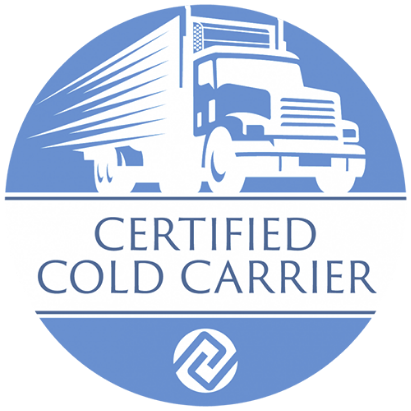Menu
- Home
- Drivers
- Capabilities

logistic experts
- About
- Contact Us
- Get Quote





Tire pressures and rolling resistance go hand and hand and are vital to helping achieve acceptable fuel economy. The lower the tire pressures, the higher the rolling resistance. Which equates to less fuel economy. Every 1 PSI drop below recommended specs could result in a .3% reduction in MPG’s.
Conversely, the higher the tire pressure, the less the rolling resistance. However, exceeding the recommended PSI will result in increased blowouts and premature tire failures.
Idling cost the US transportation industry over 12 billion dollars in 2018. Most trucks average 1 gallon of fuel per hour of idling. If a driver averaged 8 hours of idle time a day, at 3.00 dollars per gallon that would cost the driver/company 720 dollars per month or 8,640 dollars per year.
So that excludes the excess damage the idling causes to the after-treatment components. DPF filters plug easier under idle conditions and cost on average 1,500 dollars to replace.
Speed presets are intended to achieve optimal fuel efficiency. Increasing your speed above the factory presets can show a decrease in fuel economy of up to .14% per 1 mph driven over the setting. Factory settings for speed are the “sweet spot,” and any deviation from that speed will quickly remove that truck from optimum fuel efficiency.
Hard braking and fast accelerations, decrease fuel economy. Cruise control is the best tool we have to help maintain constant speeds. Keeping proper distance in traffic is not only good practice from a safety perspective, but it’s also a good practice to help increase fuel efficiency. Keeping sufficient distance allows for smoother stops and accelerations in traffic.
Simple services can add up quickly. Seek out the manufacturer recommended service intervals for your make and model truck. Any deviation from these intervals can grossly affect the truck’s fuel economy. Running improper oil, for example, to reduce MPG’s by 3%. Do not use additives unless you have consulted with your service team. Fuel at popular locations where possible as “poor fuel” is still a concern nationwide.

M-F 7AM–5PM

M-F 7AM–5PM
Great Plains Transport is a North Dakota trucking company featuring refrigerated freight, cargo, and dedicated transportation services while offering long haul OTR truck driving jobs in 48 states.
Great Plains Transport Inc
Address: 200 1st Ave SE, Mapleton, ND 58059
Phone: (701) 281-3006

